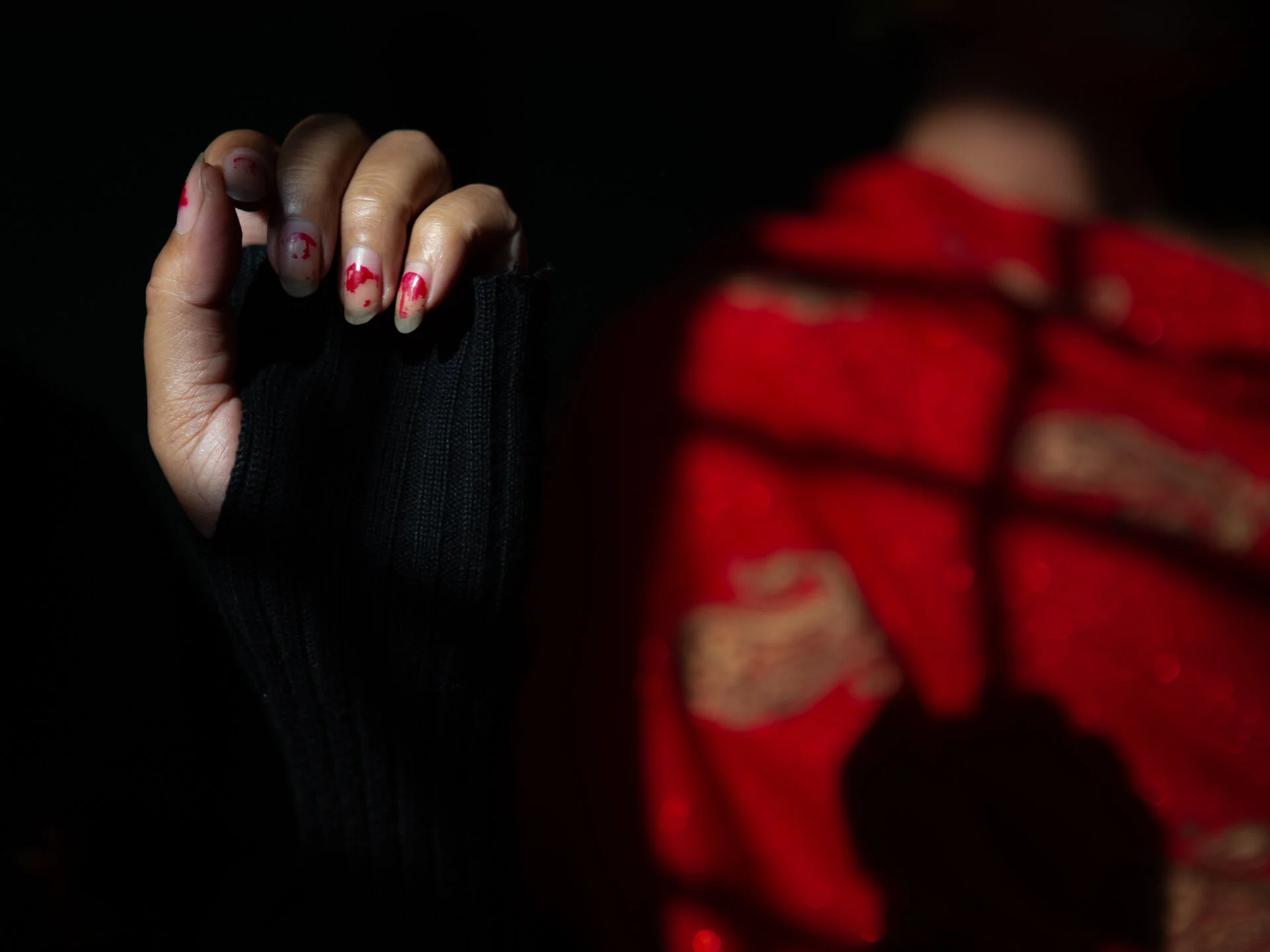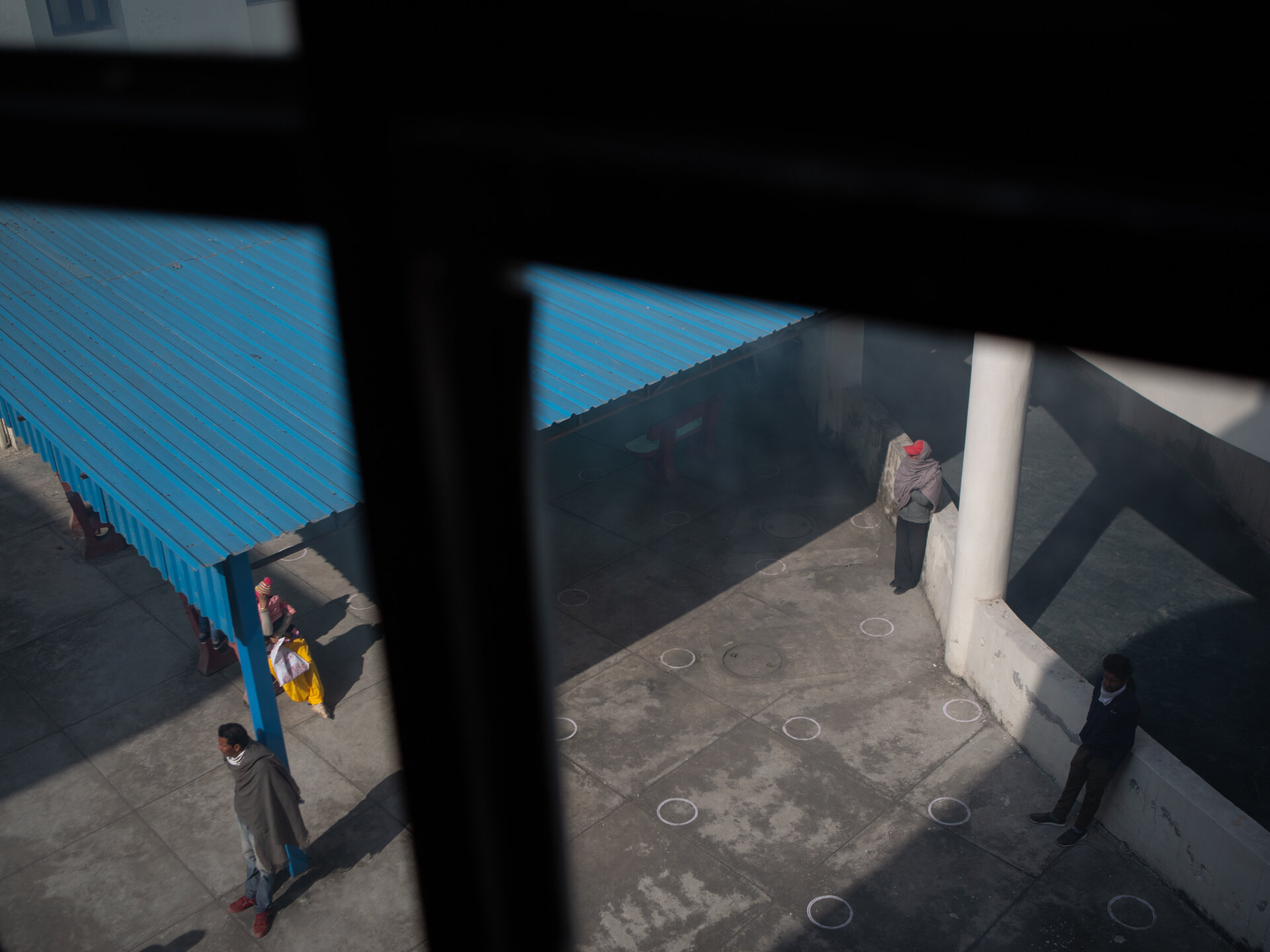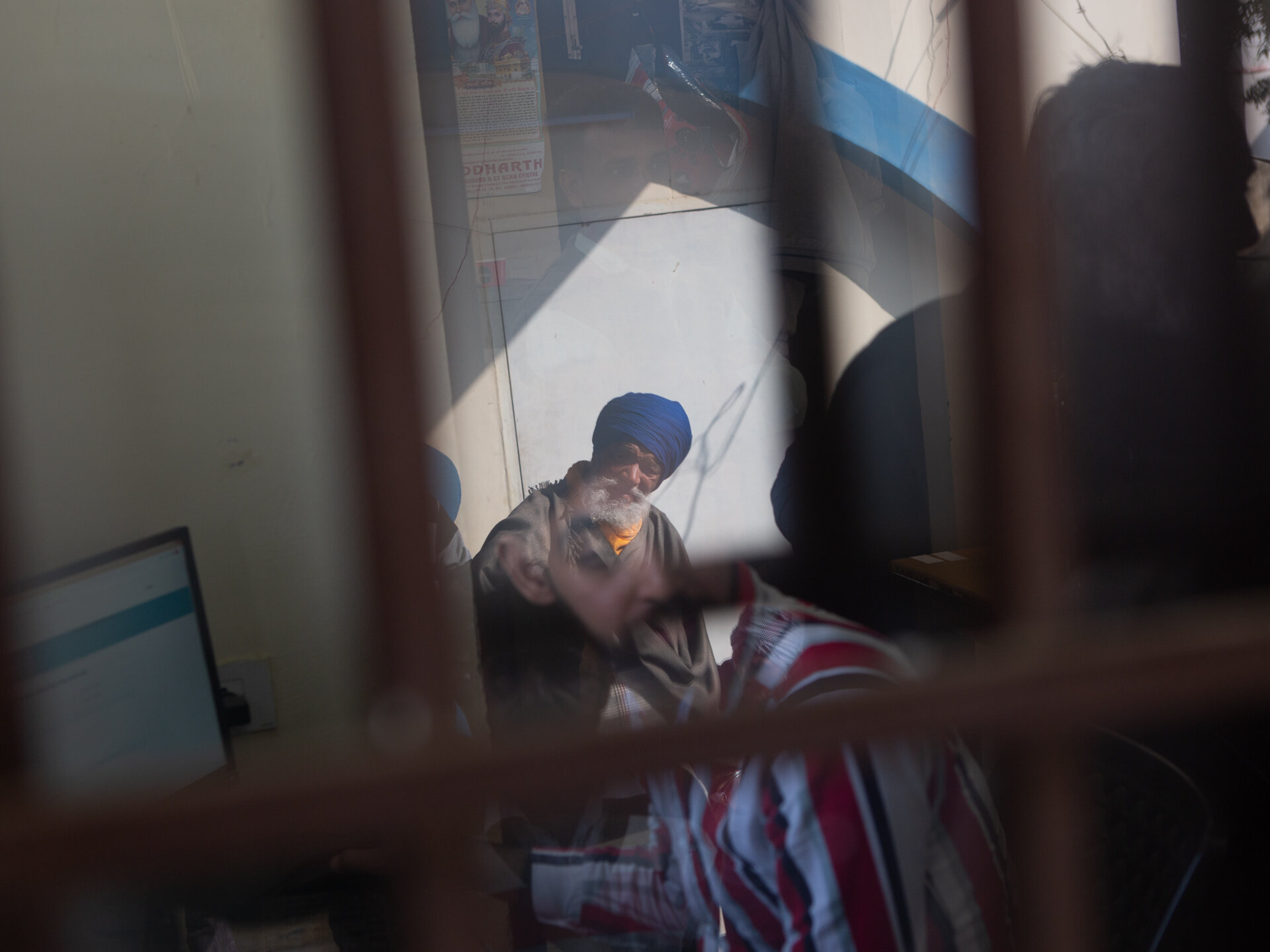


























































































drowning
OVERVIEW ; The substance use menace in India is beyond one’s imagination, a nasty net that has engulfed the most vulnerable sections of society, the helpless poor user, the rich aware consumer, fuelled by a ruthless system that abuses its power to propagate, sell and to proliferate this addiction into the masses to make their margins to repeat the cycle of chaos all over again.
This cultural phenomenon of materialism and not being able to fulfil that need, manifests into suppressed rage, suppressed shame, suppressed conflict reflecting this social malaise. Trauma is the reason for the onset of these delicate conditions, yet the root cause is neglected, even snubbed in our society where talking “weak” is a taboo, leading to addiction and a system that brutally feeds off these vulnerabilities.

“This was my first encounter with Manoj’s world of despair, a palpable stench of fear and uneasiness that surrounded his environment, sucked into the comfort of the pipes, with the cross as his refuge and the syringe his elixir that numbs the world around him. This photograph, arrives at a critical juncture of a national crisis, a harsh reminder of a lost system drowning in apathy. Manoj found himself trapped in this vicious cycle of addiction. Just like millions of users in India, he is part of the uncontrollable substance abuse epidemic that has been brewing and unchecked for decades which now has cracked open a can of worms! ”
Substance use has been rampant across India for decades. Once upon a time substance misuse was considered an effect of urbanisation, westernisation and the media, but that narrative quickly changed when rural and many disadvantaged sections were seen to have been equally and severely affected. Punjab in the north west, Manipur in the east, Kashmir in the north and Andra Pradesh in the south of India are some of the identifiable examples of states with high use-misuse-abuse.
The current surveys and national statistics are grossly underestimated.
Nationally, it is estimated that there are about 850,000 People Who Inject Drugs (PWID). Opioid group of drugs are predominantly injected by PWID (heroin – 46% and pharmaceutical opioids – 46%). A substantial proportion of PWID report risky injecting practices.
The Covid-19 pandemic is a prime example of users desperately landing up at many of the state and central rehabilitation facilities or ‘Nasha Mukti Kendras’ established by the government under the ‘Nasha Mukt Bharat Abhiyan’ (A Drug Free India programme est. in August 2020) when substance supplies had run out during the lockdown. These agencies within a few months saw record registrations of abusers which showed how widespread this problem truly was because it is extremely difficult to find and have access to current users as they live an invisible life, often on the run, in hiding or ostracised.
The pandemic became an arsenal in the war on drugs in India.
Why this problem exists and persists ?
The story ; and the trauma of drug use is rife, and it’s financial, emotional and the most damaging, it is psychological. The sustained use of banned substances has caused millions of people, especially the Indian youth to give up and give in-to the temptations of numbing their fears, insecurities and eventually succumbing to mental illnesses, then in rehabilitation, subsequently in intense therapy with very few mental health specialists per patient, the ratio is lopsided and burdens the few holding the fort for change. A catastrophic loss of life is caused when trauma isn't addressed which leads to a cracked system with everyone falling through the grid.
It is this vicious cycle of trauma - isolation - misuse - stigma and back to trauma, that is the common debilitating factor running across our society.
Illiteracy, unemployment, poverty, classism, casteism are some of the many reasons that push people to engage in nefarious activities within and across India’s borders, fuelling a corrupt system using a vulnerable section to benefit a political and ideological agenda that keeps theirs wheels oiled and active.
Relevance ; The predicted outcome is a lost generation.
The youth is an essential component of nation building, but this menace is disabling our society.
The long term impact of this plague will be experienced in a socially, culturally and psychologically handicapped and distant India with possibly an irrevocable consequence of a complete breakdown to this apathetic system.
Commissioned by The United Nations Development Programme (UNDP), India in 2021, under the ‘Nasha Mukt Bharat Abhiyan’ Campaign documentation.